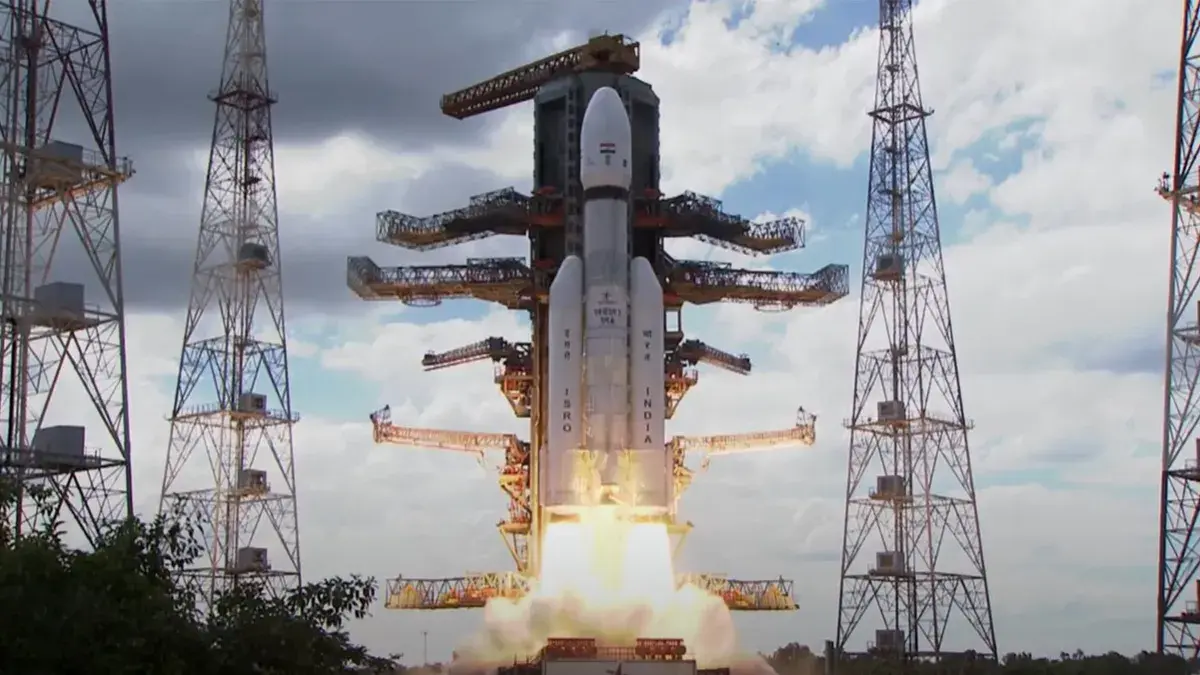All the World’s a . . . Game
It has been suggested that US Presidential candidate Herman Cain’s “999 Plan” may have come from SimCity where it is a default formula for running a SimCity economy. Another former presidential candidate, Al Gore, is using a gaming platform called “Reality Drop” educating the public about global warming; just one among many organizations using games to advance sustainable development agendas. Fold.it solves puzzles for science using games to assist in cracking the AIDs puzzle and other complex and challenging illnesses. And Project Noah is a game involving “mission-based image gathering” of nature references via crowds; this is allowing for the fast classification and cataloging of existing and as yet undiscovered species. These are just a few of tens of thousands of new games being created for individuals, businesses and enterprises in a wave of innovation called “gamification.”
Games and Crowd Sourcing
The advantage of games is they can pull in and leverage collective manpower which increases and embeds knowledge sharing it with newcomers so the learning curve gets easier. According to the BBC 50% of corporations that put a high priority on innovation and research are planning on making games a part of their business. Games involve rewards, one-upmanship, peer pressure and can involve exclusive rewards in the form of deeper access to game features and real or imaginary financial incentives. MIT and Harvard University brain research scientists have developed games such as “Eyewire” to allow volunteers to help them map individual neurons.
Game Technology Continuously Advancing
In addition, games are becoming more interesting and fun with the advancement of gesture-based gaming, multi or large screen experiences, mixed realities, life size game pieces, and real-world game environments among others.
New Games Being Created Daily
Examples of some recently created games include games that: help players improve their personal lives, raise funds for starving children, or solve critical scientific problems like mapping the human brain.
Here are some more examples:
- www.mindbloom.com (improve interpersonal skills while gaming)
- www.rocksmith.com (learn to play guitar while gaming)
- www.freerice.com (game for donating rice to starving people)
- www.lockerz.com (potential for harnessing influential social networks)
- www.fitgamer.com (for hottest trends in fitness gaming)
- www.stickK.com (goal setting games)
- www.recyclebank.com (game with rewards for recycling)
- www.klout.com (game gives those with high klout scores access to networking parties)
A Huge Market & Growing
The Gaming Industry is growing by leaps and bounds and is expected to be worth $2.8 billion by 2016. It is cutting across all sectors of the economy as the following chart shows.
Top Segments of the Gamification Industry
- Entertainment
- Retail
- Media and Publishing
- Enterprise
- Education
- Healthcare and Wellness
SimCity and Sustainable Design & Development
SimCity has been around for 24 years and has sold 180 million copies worldwide allowing users to play the roles of city planner, designer and architect in building the cities of their dreams. The newest version which came out in 2012 is the inclusion of sustainable design components alongside traditional energy resources. In the new game affects from pollution are more visible and decisions and accidents affect not just your town but those nearby or downwind.
SimCity now includes public transportation, bike riding programs, and energy efficient building codes and other variables that can be adjusted so that players can make their cities more environmentally friendly.
Global Climate Model “Games”
It is worth mentioning that scientists have come up with the software to model the global climate. These are in essence games. Caitlin Alexander and Stephen Easterbrook of the University of Manitoba and the University of Toronto have provided the “Software Architecture of Global Climate Models”. Please click to enlarge image:






